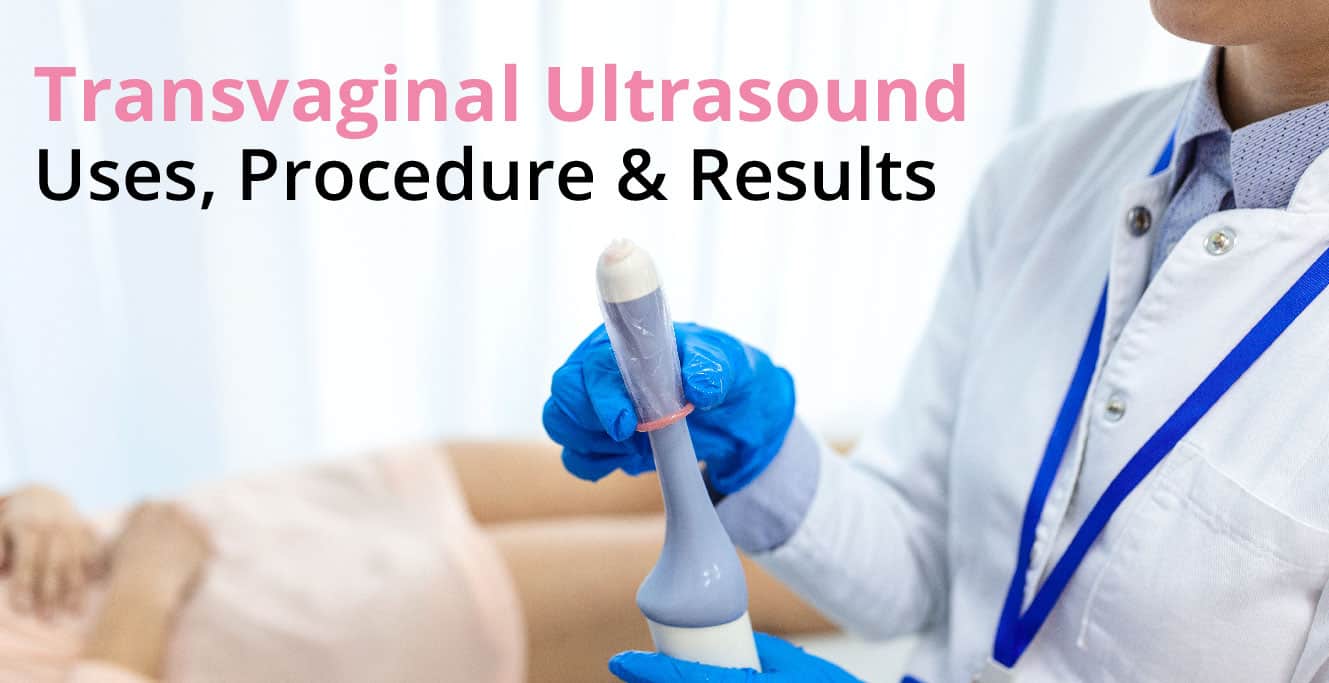
Triple Marker Test in Pregnancy: Purpose, Procedure, Analysis

Table of Contents
- Key Takeaways
- Triple Marker Test in Pregnancy: Purpose, Procedure, Analysis
- What Does the Triple Marker Test Assess?
- Benefits of the Triple Marker Test in Pregnancy
- When Is the Right Time for the Triple Marker Test?
- How Is the Triple Marker Test Performed?
- How Do I Prepare for the Triple Marker Test?
- Normal Range and Interpreting the Triple Marker Test Report
- Factors Affecting the Triple Marker Test Results
- Cost of the Triple Marker Test in India
- Triple Marker Test vs Other Screening Tests
- Safety and Limitations of the Triple Marker Test
Key Takeaways
-
Purpose: The triple marker test is a blood test done during pregnancy to check for birth defects in the baby. It measures three substances in the mother’s blood.
-
Ideal Time: The best time for the test is between 15 and 20 weeks of pregnancy. This allows the substances to reach measurable levels in the blood.
-
Normal Range: Normal ranges are set for each substance. Results within these ranges mean a lower chance of birth defects. But a doctor should always explain the results.
-
Accuracy: The test is not 100% accurate. It can detect about 60-70% of birth defects. Any abnormal results require more tests to confirm them.
Triple Marker Test in Pregnancy: Purpose, Procedure, Analysis
The triple marker test in pregnancy is a blood test that detects specific substances in a pregnant woman’s blood to screen for potential genetic issues in the baby. Conducted between 15 and 20 weeks, it helps assess the risk of conditions like Down syndrome. Knowing the normal values of the triple marker test is vital for understanding your baby’s health. With insights into the triple marker test cost and triple marker test report, you’re better prepared for this test.
What Does the Triple Marker Test Assess?
The triple marker test is a prenatal screening tool that assesses the risk of certain foetal abnormalities during pregnancy. It measures the levels of three specific substances in the mother’s blood:
-
Alpha-fetoprotein (AFP)
-
Unconjugated estriol (uE3)
For this reason, it is also known as the triple screen test or the triple test.
Remember, this test is not a definitive diagnostic test but a screening tool that estimates the risk for certain genetic disorders and birth defects. It plays an essential role in prenatal care by identifying potential risks and genetic disorders in the foetus, allowing doctors to make informed decisions about the pregnancy.
The test is essential for assessing the risk of chromosomal abnormalities, particularly in pregnant women who are:
-
35 years or older
-
Have a family history of genetic problems
-
Have other risk factors such as pre-natal medications, diabetes, or exposure to radiation
Bet you didn’t know…
The triple marker test has been used since the early 1990s and has evolved from earlier screening methods that only assessed two markers (the double marker test). The addition of estriol improves detection rates for certain conditions.
Benefits of the Triple Marker Test in Pregnancy
The triple marker test in pregnancy considers various factors, including the mother’s age, weight, ethnicity, and pre-existing medical conditions, to provide a comprehensive risk assessment. It offers several benefits, including:
Early detection of chromosomal abnormalities
The test helps identify potential chromosomal abnormalities early, allowing for timely interventions and further diagnostic testing if necessary. The triple marker test is done to screen for genetic disorders such as Down syndrome (trisomy 21), Edwards syndrome (trisomy 18), and neural tube defects like spina bifida and anencephaly. The early detection of these conditions can significantly impact the management and outcome of the pregnancy.
Insights into foetal development
The test provides valuable insights into the development of the foetus, enabling parents and doctors to monitor the baby’s health and well-being more effectively. This offers reassurance about the baby’s health or alerts parents to possible complications, allowing for proactive medical care.
In India, the triple marker test is tailored to individual needs by considering biochemical markers, maternal age, and weight. This personalised approach enhances the accuracy of detecting genetic conditions, providing reassurance and precise guidance for expectant mothers seeking the best for their babies.
When Is the Right Time for the Triple Marker Test?
The triple marker test is usually performed during the second trimester of pregnancy. The optimal time for this test is between the 16th and 18th weeks of pregnancy. Testing too early can lead to unreliable results and higher false-positive rates.
The week in which the triple marker test is suggested may vary slightly depending on the healthcare provider and individual circumstances. Your doctor will let you know the most appropriate time to take the test based on your specific situation.
How Is the Triple Marker Test Performed?
The triple marker test involves a simple blood draw, similar to a regular blood test. Here are the steps involved:
-
The technician will ask you to extend your arm and make a fist to help locate the vein.
-
A strap will be placed around the arm to secure the point firmly.
-
The area will be cleaned with an antibacterial and antiseptic wipe.
-
A pre-sterilised needle is inserted to collect the blood sample into attached vials.
-
The blood sample is sent to the laboratory for analysis.
How Do I Prepare for the Triple Marker Test?
No specific preparations are required for the triple marker test. However, maintaining good health through adequate rest and nutrition can optimise the well-being of both the mother and the foetus.
Also, don’t forget to provide accurate information about your health, medications, and any pre-existing conditions to your doctor before the test.
Normal Range and Interpreting the Triple Marker Test Report
The normal range for the triple marker test varies based on the laboratory but generally includes:
-
AFP: Levels between 0.5-2.5 multiples of the median (MoM) are considered normal. Levels above 2.5 MoM indicate an elevated risk.
-
hCG: The normal range varies based on gestational age but is generally within a specific MoM range.
-
uE3: The normal range is based on MoM and gestational age.
Baseline levels for the triple marker test in Indians:
-
AFP: 1.38 to 187.00 IU/ml
-
hCG:1.06 to 315 ng/ml
-
uE3: 0.25 to 28.5 nmol/l
An abnormal range may indicate an increased risk for certain genetic disorders or birth defects.
-
A negative result indicates a lower chance of disorders but does not guarantee the absence of any issues. If the doctor suspects potential problems, the test might be repeated.
-
A positive result suggests a high risk for genetic issues, necessitating further invasive diagnostic testing such as amniocentesis or chorionic villus sampling to confirm a chromosomal disorder.
Next Steps for Abnormal Results
If results are abnormal, further testing is usually recommended. This may include an ultrasound to assess fetal development and check for issues in organs such as the brain and heart. Amniocentesis may also be performed to analyze the amniotic fluid for more information.
The triple marker test is suggested as an alternative to amniocentesis for detecting Down syndrome since it is non-invasive. However, its effectiveness may be lower, especially for women under 35.
Factors Affecting the Triple Marker Test Results
Several factors can influence the results of the triple marker test, leading to abnormal ranges:
-
Maternal age: Women over 35 years old are at higher risk for chromosomal abnormalities, which can affect the test results.
-
Gestational age: Incorrect dating of the pregnancy can significantly impact the interpretation of the test results.
-
Multiple pregnancies: Pregnancies involving twins or other multiples can alter the marker levels.
-
Ethnicity: Different ethnic groups may have varying baseline levels for these markers.
-
Pre-existing medical conditions: Conditions such as diabetes and previous viral infections can influence the test outcomes.
The triple marker test has an accuracy rate of approximately 70-80% in detecting risks for conditions like Down syndrome and some neural tube defects. While it provides valuable information, it cannot guarantee that a foetus is free from abnormalities.
Cost of the Triple Marker Test in India
The cost of the triple marker test in India varies depending on the healthcare provider and location. On average, the triple marker test price ranges from ₹1,250 to ₹4,200.
It is advisable to check with your healthcare provider or local diagnostic centres for the exact triple marker test cost in your area, as prices may vary.
Triple Marker Test vs Other Screening Tests
The triple marker test is often compared with other prenatal screening tests, such as the double and quadruple marker tests. Here’s a table highlighting the key differences between these tests:
|
Test |
Markers measured |
Purpose |
Accuracy |
|---|---|---|---|
|
Double marker test |
hCG and Pregnancy-associated Plasma Protein A (PAPP-A) |
Screens for Down syndrome and other chromosomal abnormalities in the first trimester |
Lower accuracy compared to the triple marker test |
|
Triple marker test |
AFP, hCG, and uE3 |
Screens for Down syndrome, neural tube defects, and other chromosomal abnormalities in the second trimester |
Higher accuracy, lower false positives |
|
Quadruple marker test |
AFP, hCG, uE3, and Inhibin A |
Similar to the triple marker test but includes Inhibin A for additional screening |
Even higher accuracy and detection rates |
The triple marker test is more comprehensive than the double marker test, analysing one additional hormone, which reduces false-positive rates and increases detection rates. However, the quadruple marker test provides an even more detailed screening by including an additional marker, inhibin A.
Safety and Limitations of the Triple Marker Test
The triple marker test is a non-invasive and safe procedure for the mother and the baby, involving only a blood draw. However, it is essential to understand its limitations:
-
The test is not definitive and can produce false-positive or false-negative results.
-
It provides risk estimates rather than a definite diagnosis, necessitating further diagnostic tests if abnormal results are obtained.
-
The test may not detect all chromosomal abnormalities or neural tube defects.
Despite these limitations, the triple marker test remains a valuable tool in prenatal care, offering early detection and enabling informed decision-making.
Word from an expert:
The triple marker test is a valuable tool in prenatal care, providing essential information about potential genetic and chromosomal abnormalities in the foetus. It is a non-invasive test that helps parents and healthcare providers make informed decisions and prepare for any necessary medical interventions. While it is not definitive, it serves as a crucial screening method to identify risks early in the pregnancy. ~ Dr. Prachi Benara
Our Fertility Specialists
Related Blogs
To know more
Birla Fertility & IVF aims at transforming the future of fertility globally, through outstanding clinical outcomes, research, innovation and compassionate care.
Had an IVF Failure?
Talk to our fertility experts

 Our Centers
Our Centers















